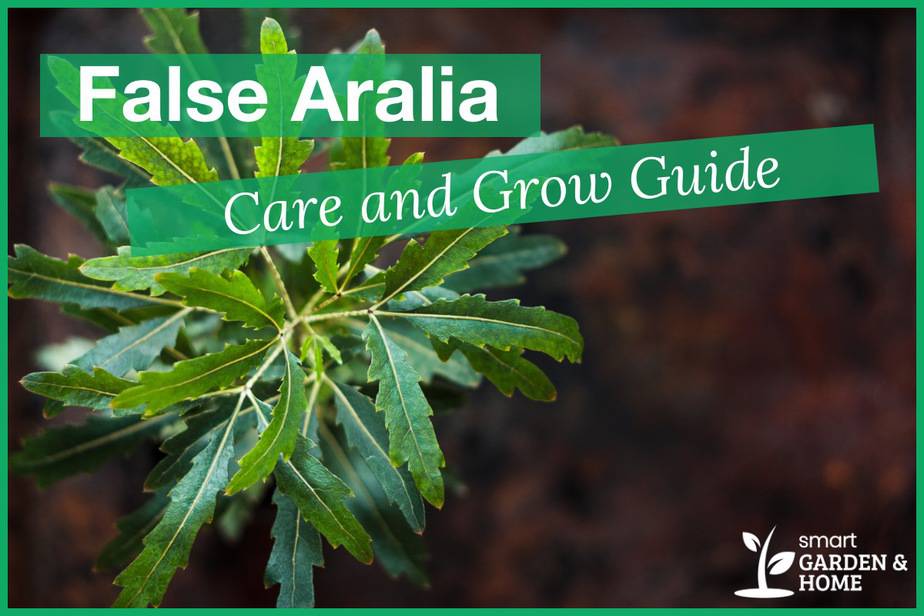Balfour aralia, also known by its scientific name Polyscias balfouriana, is a popular houseplant admired for its lush, tropical foliage. However, like any plant, it can suffer from diseases that impact its health and appearance. As a Balfour aralia owner, it’s important to be able to identify and properly treat any diseases that may arise.
Common Balfour Aralia Diseases
Some of the most common diseases that affect Balfour aralia plants include:
-
Leaf spot disease – Caused by fungus, results in small circular spots on leaves that can grow and cause leaf drop.
-
Root rot – Caused by overwatering, causes roots to rot leading to wilting and yellowing leaves
-
Powdery mildew – Identified by a white powdery coating on leaves and stems that can cause curling
-
Scale insects – Small sap-sucking insects that leave sticky residue and lead to leaf yellowing.
Identifying Balfour Aralia Diseases
Being able to accurately identify which disease is impacting your Balfour aralia is crucial for proper treatment.
-
For leaf spot disease, look for distinctive spotting on foliage.
-
Root rot will cause foul odor, mushy roots, yellowing leaves.
-
Powdery mildew is easily identified by the distinctive white powdery coating.
-
Check for small bumps on leaves and stems for scale insects.
Treating Balfour Aralia Diseases
Once you’ve identified the problem, prompt targeted treatment is key:
For leaf spot:
-
Remove and dispose of infected leaves.
-
Improve air circulation.
-
Apply appropriate fungicide.
For root rot:
-
Repot in fresh, well-draining soil.
-
Cut away dead roots and stems.
-
Allow soil to dry between waterings.
For powdery mildew:
-
Wipe leaves with damp cloth.
-
Apply sulfur-based fungicidal spray.
-
Increase air circulation.
For scale insects:
-
Wipe away bumps with cotton swab dipped in alcohol.
-
Apply horticultural oil or insecticidal soap.
-
Remove severely infested stems.
Preventing Balfour Aralia Diseases
Prevention is also key to keeping your Balfour aralia healthy and disease-free:
-
Allow soil to partly dry between waterings.
-
Provide good air circulation.
-
Inspect regularly for early signs of pests/disease.
-
Keep leaves dry when watering.
-
Maintain proper humidity levels.
-
Avoid overcrowding plants.
Catching and treating issues early before they spread will help maintain a gorgeous, vibrant Balfour aralia plant that thrives in your home. With quick identification and prompt care, your Balfour aralia can flourish for years to come!

Why Balfour Aralia is Considered Safe for Your Home
Balfour Aralia lacks the toxic compounds that make some plants a no-go for homes with kids. Its like comparing apples and oranges when looking at genuinely toxic flora.
In comparison to notorious plants like the Peace Lily or Oleander, Balfour Aralia is a breath of fresh air. Its the indoor equivalent of a non-toxic crayon—safe even if it ends up in the wrong hands, or mouths.
Teaching Kids About Plant Safety
Start em young with the golden rule: plants are for looking, not tasting. Its like teaching kids not to eat their crayons, but with more chlorophyll involved.
Role-playing can be a game-changer. Pretend the plant is a dragon that sleeps unless provoked. Its a bit quirky, but hey, it works.
Regular discussions about plant safety turn those little tykes into informed plant guardians. Its like holding a tiny town hall meeting in your living room.
Make sure emergency numbers are as familiar as the latest cartoon jingle. Its like insurance—you hope you never need it, but youll be glad its there.
Plant Diseases and Disorders – Julie Beale
FAQ
What are the pests in Balfour Aralia?
How to care for Balfouriana aralia?
Why is my Aralia stump dying?
